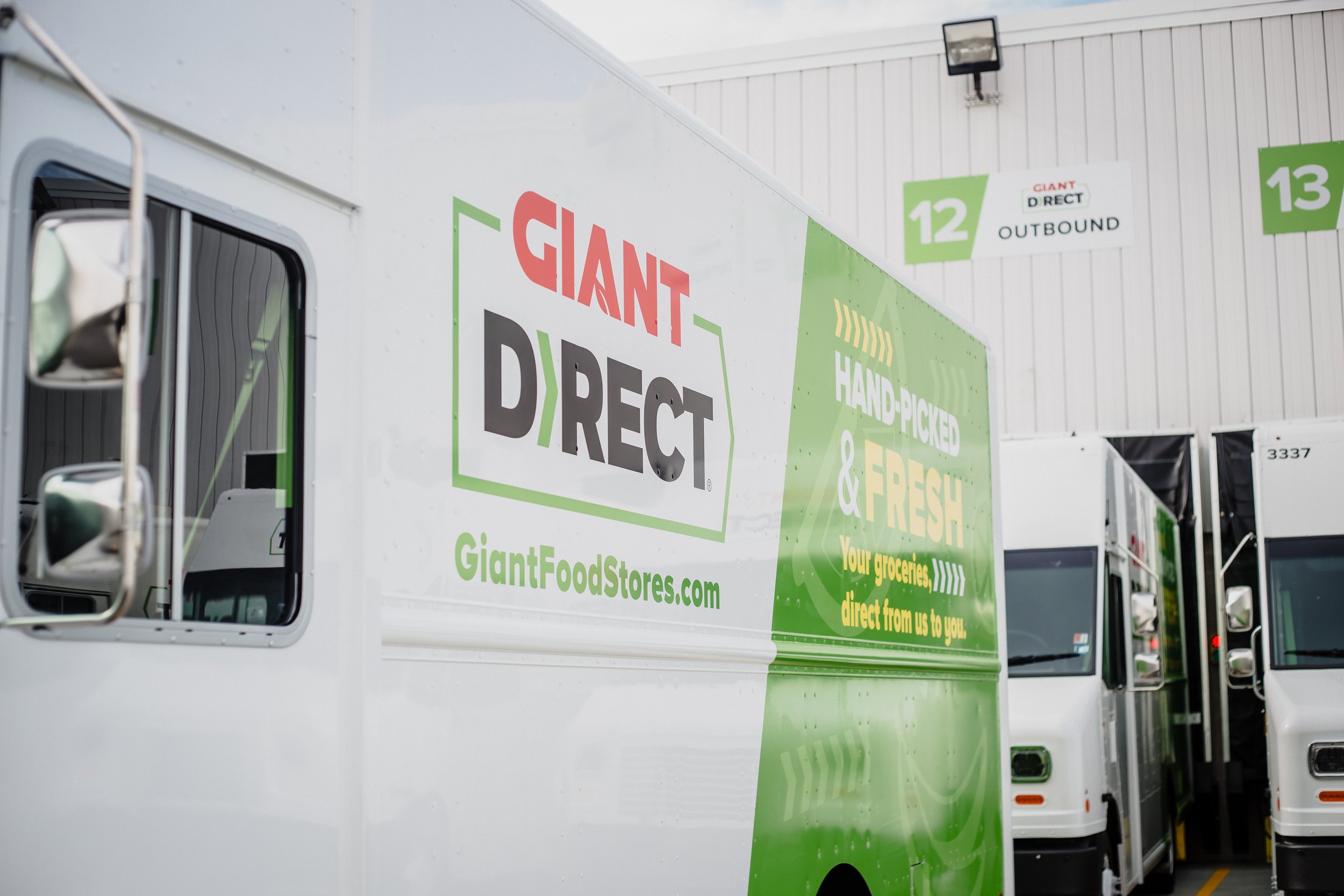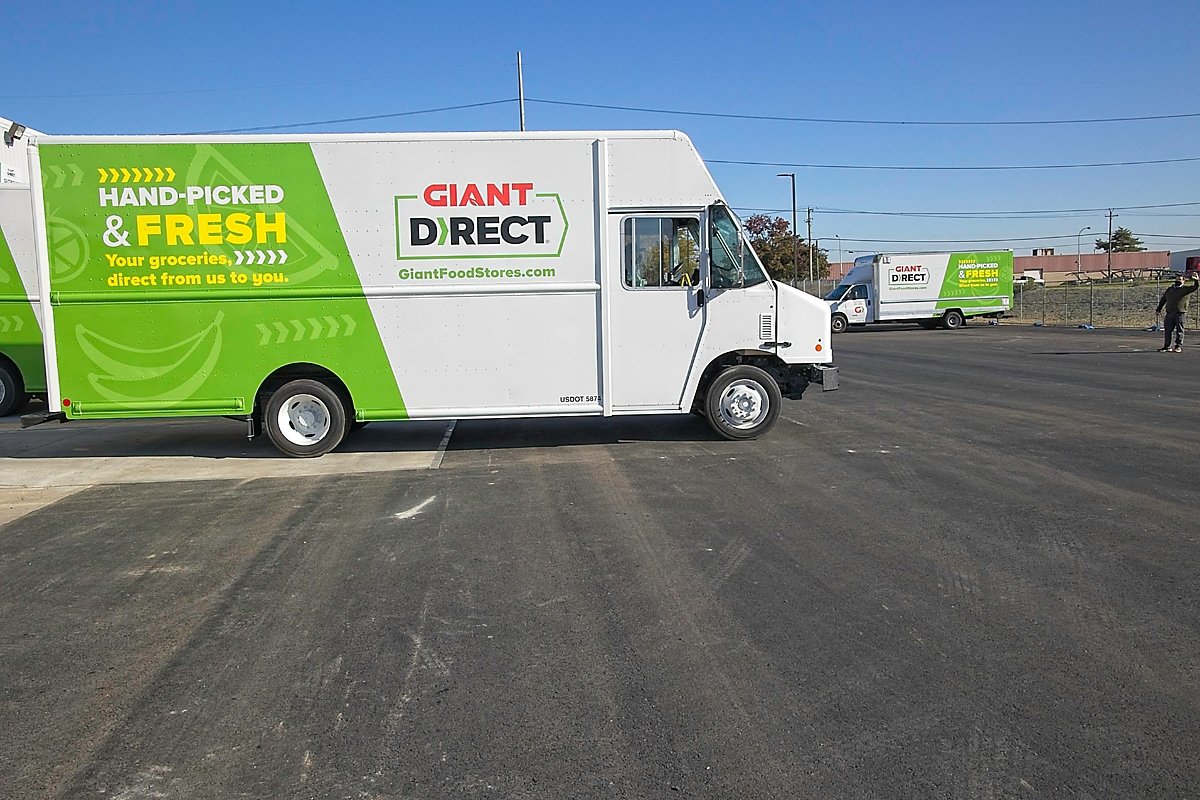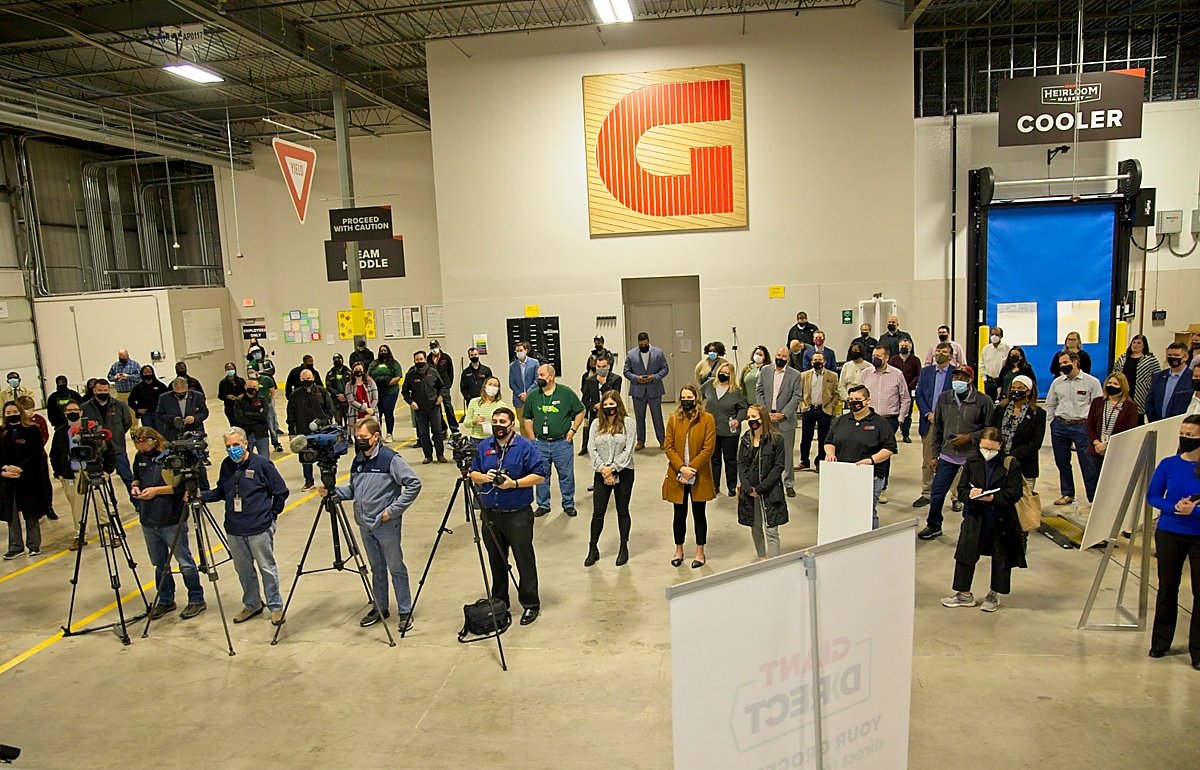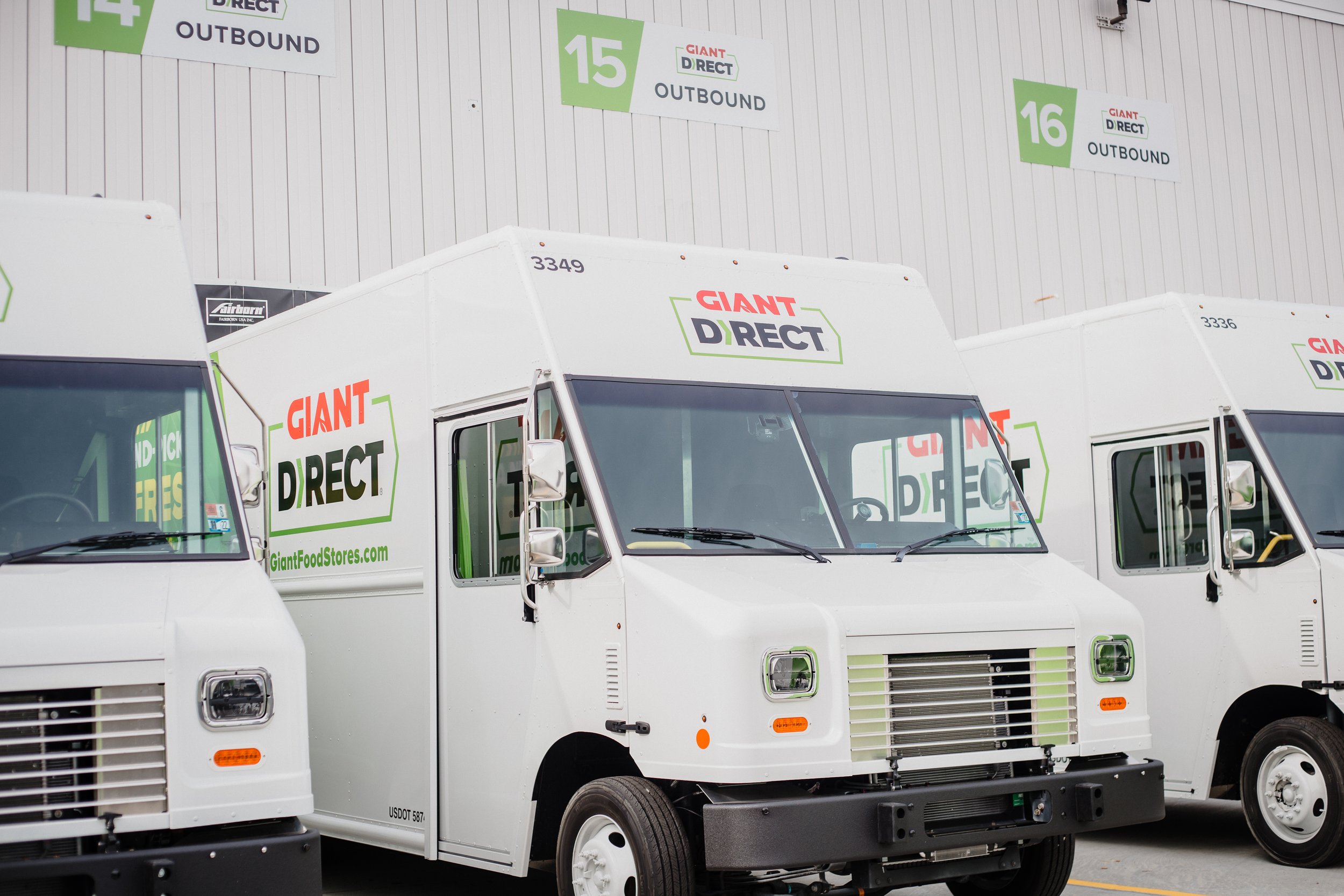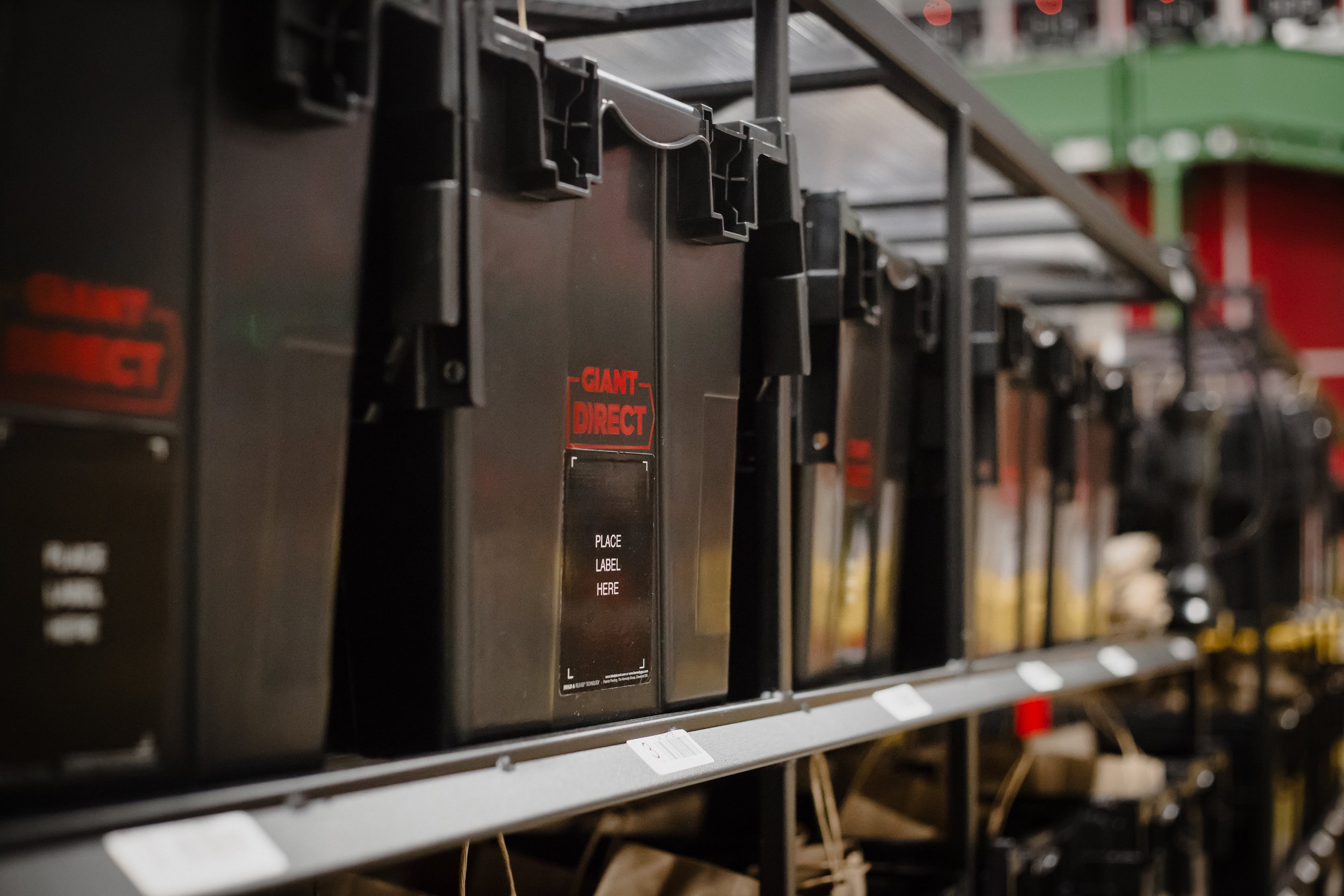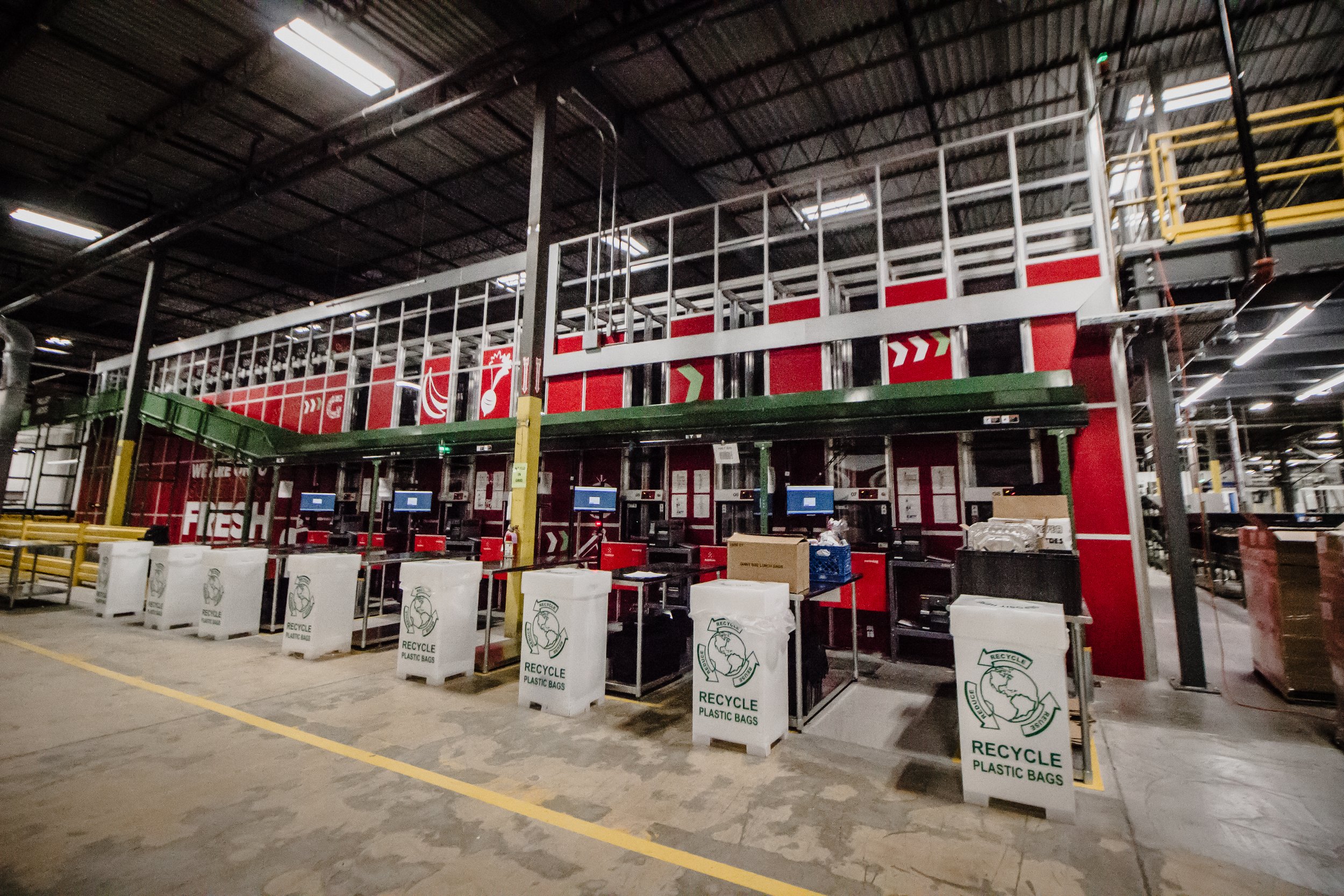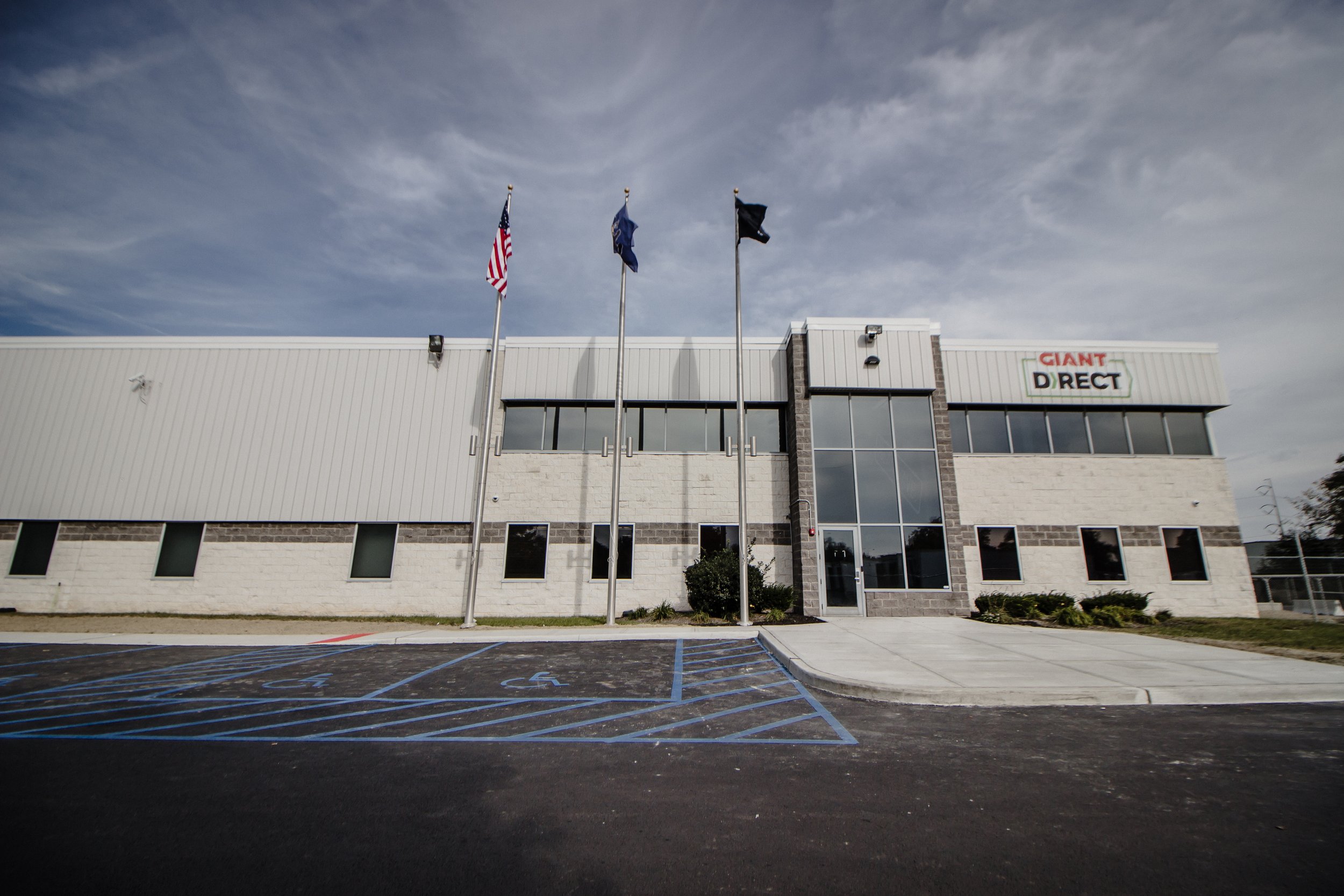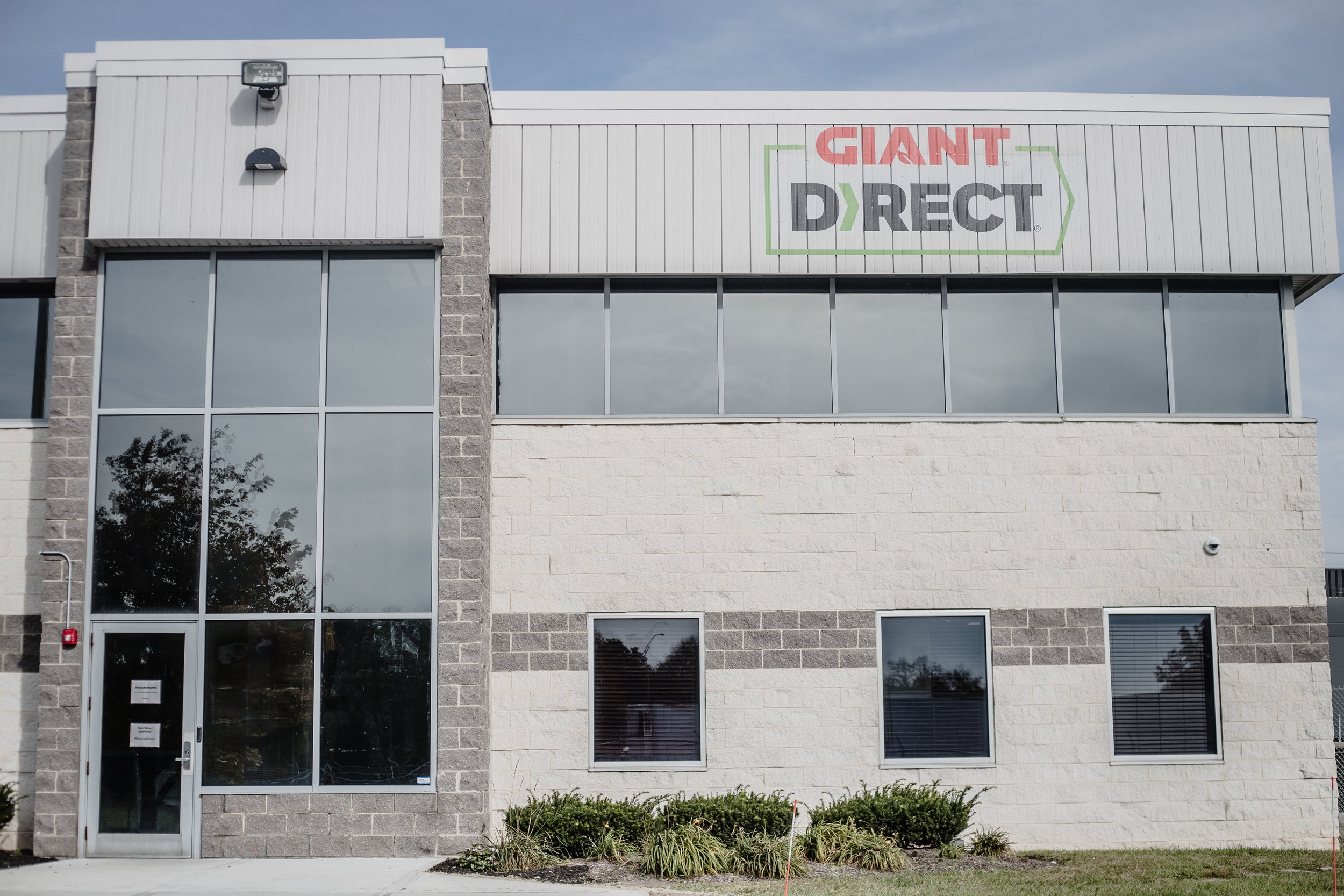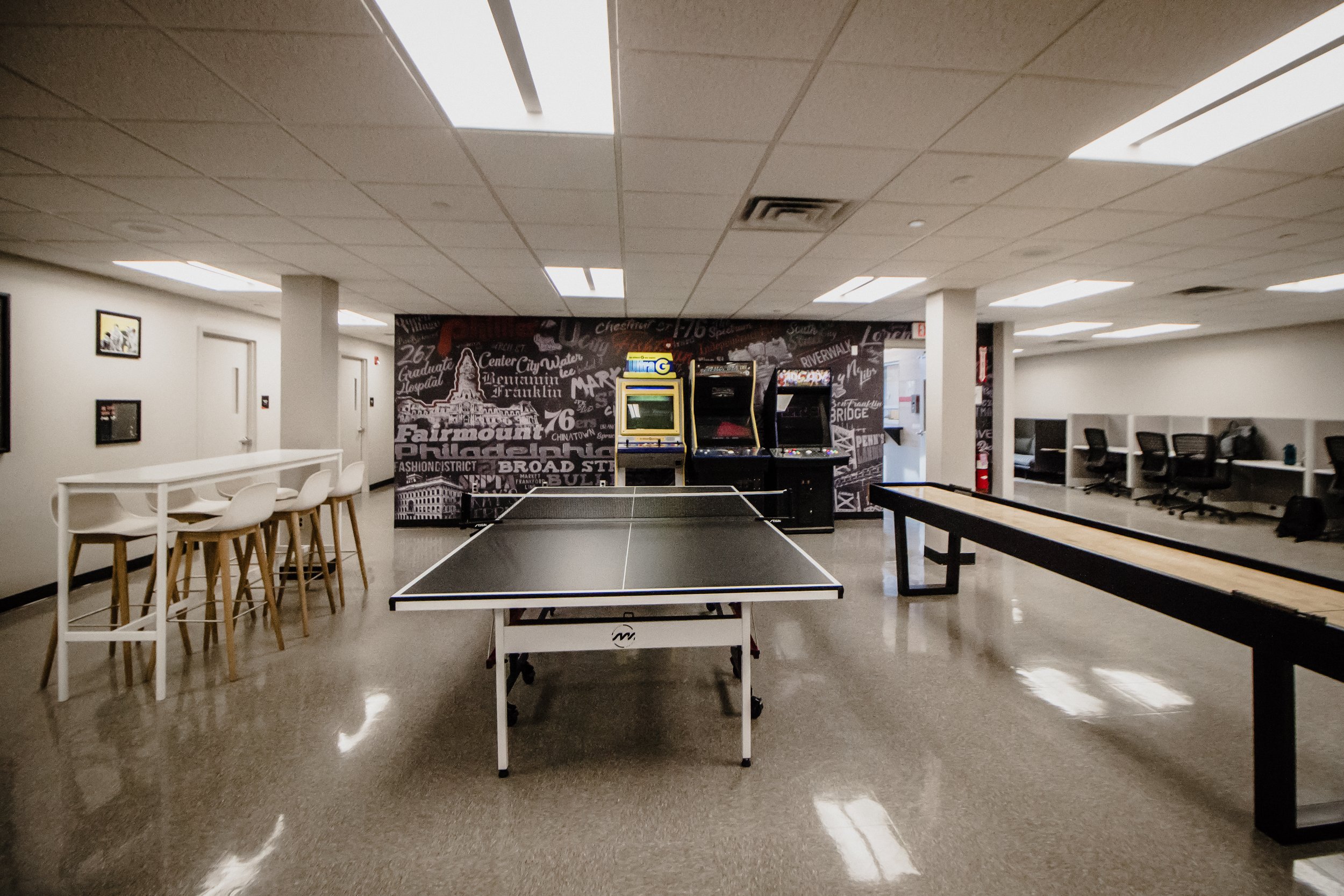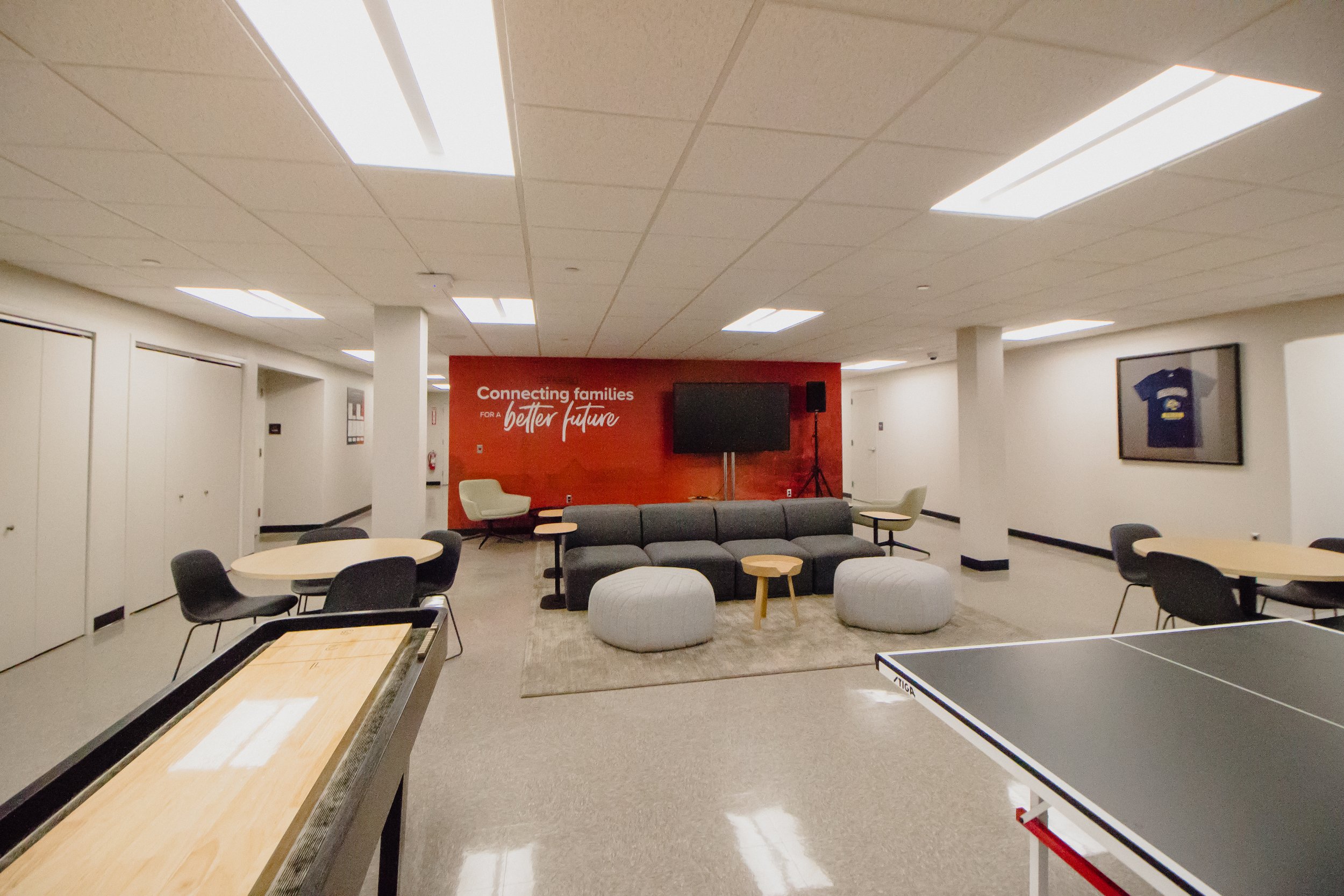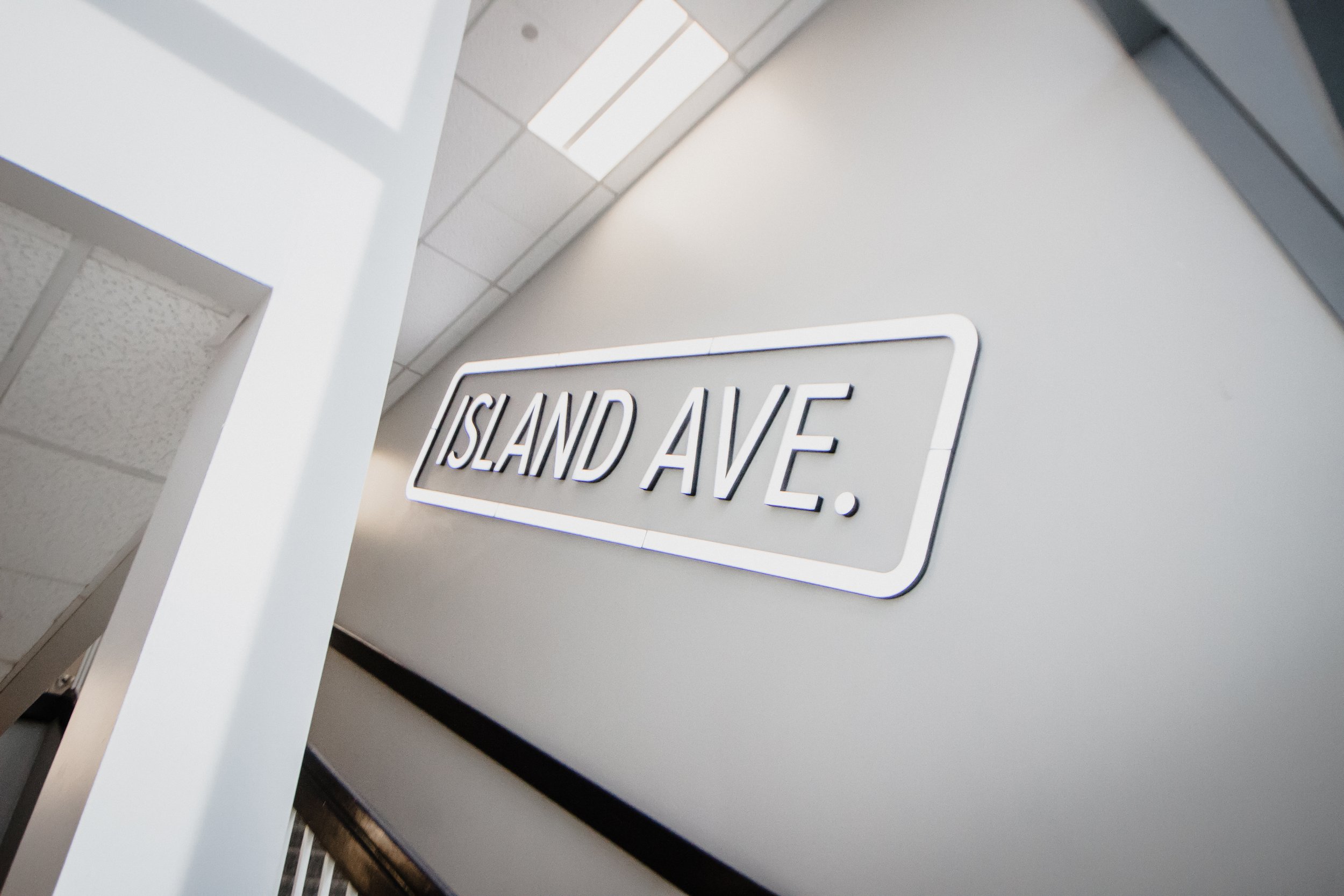What does Giant Food’s shift say about the future of grocery delivery?
What does Giant Food’s shift say about the future of grocery delivery? The retailer’s sudden move to abandon its regional distribution strategy suggests grocery e-commerce could be headed down a new road.
Giant Food’s disclosure this week that it is rethinking how it manages grocery deliveries — and shuttering three order-assembly facilities in the process — is a stark reminder that e-commerce remains very much a work in progress for food retailers.
The mid-Atlantic chain has so far provided little clarity about its plans to develop what a spokesman described as a “localized fulfillment model.” The company indicated, however, that it wants to provide faster service, more delivery slots and access to more products, suggesting that it has concluded that using regional centers isn’t the best way to serve online shoppers.
Giant painted a much different picture for its digital business just a few months ago when the Ahold Delhaize chain heralded its new online fulfillment center in Manassas, Virginia, — now slated for closure — as a way to expand its grocery delivery services to more households and broaden the availability of products from local suppliers. The company is also closing facilities in Maryland and Delaware as part of its efforts to retool its e-commerce operations.
The Virginia center’s opening in May built on Giant’s announcement last year that it had lowered delivery fees and also stopped charging shoppers a fee for pickup — changes that followed the chain’s decision in late 2021 to eliminate delivery charges for mid-week e-commerce orders.
While Giant’s latest moves are coming against a backdrop of decreased shoppers for online grocery that analysts say could last into next year, they also suggest that using centralized fulfillment centers to handle online orders could be a strategy whose time has passed. As The Wall Street Journal reported on Thursday, Target has seen success in using delivery facilities that are closer to shoppers to fulfill orders, and Amazon and Walmart have also been adjusting how they distribute goods to customers.
Giant’s course change comes as conventional supermarket operators navigate an increasingly challenging digital shopping landscape.
Delivery, in particular, has lately been under pressure as overall digital grocery sales have fallen in recent months. The number of households that placed delivery orders declined in July even as pickup gained momentum. Factor in the higher prices that have been baked into people’s grocery bills by months of powerful inflation, and the fact that Giant is reconsidering its delivery strategy hardly seems surprising.



